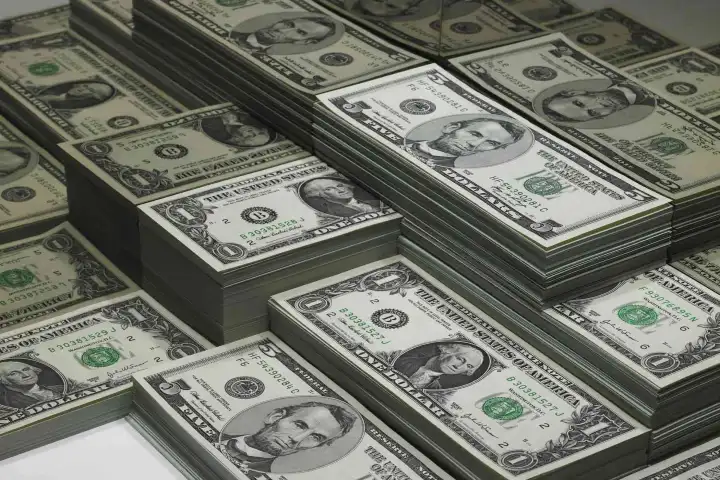With just a week left for the US to come to an agreement over raising its debt ceiling, uncertainty has risen as lawmakers went into recess for the Memorial Day weekend. However, they will be required to return within 24 hours in case of a consensus. If the debt ceiling — the maximum amount that a country can borrow — is not enhanced immediately, the US could default by June 1.
Though US President Joe Biden and Kevin McCarthy, Speaker of the House of Representatives have been in talks, they have not yet reached any agreement.
“Speaker Kevin McCarthy on Thursday would not guarantee that a deal will pass by June 1, which the Treasury Department has warned could be the earliest possible “X” date for missing debt payments,” CNN said. X date is the date which is
What is the debt ceiling?
The debt ceiling was established in 1917 by the Congress. The debt ceiling refers to the maximum amount of outstanding debt that Washington can touch. The total national debt as of January 2023 stood at $31.4 trillion. The US. government has been running a deficit of about $1 trillion every year since 2001. Simply put, the country has been spending much more that it earns in the form of taxes and other revenue. Therefore, to bridge the gap between its earnings and spendings, it has been continuously borrowing.
How many times has Washington increased the debt ceiling?
The debt ceiling has been increased 78 times since 1960. The most recent one took place in 2021. The US has also suspended the debt limit seven times since 2013. But according to Council on Foreign Relations, a new chapter of debate over the debt ceiling began in 2011, when sparring over spending between US President Barack Obama and congressional Republicans resulted in a protracted deadlock. A deal was agreed upon just two days before Washington was estimated to have run out of money.
Why are the lawmakers unable to come to an agreement this time?
The Republicans have demanded sharp cuts in spending as a rider to the agreement on debt ceiling.
“If you gave your child a credit card and they kept hitting the limit, you wouldn’t just keep increasing it. You would sit down with them to identify where they are overspending and where they can change their behavior,” McCarthy tweeted. “It’s time for the federal government to do the same thing.”
However, Biden has rejected the demand.
What will be the impact of a US debt default?
The exact implications are not known as this would be an unprecedented case. However, analysts have opined that the de-dollarisation exercise would get a further push. Globally, on an average, the US dollar makes up for about $6.6 trillion of daily trade, Forex.com said. The currency also accounts for the largest share of reserves held by central banks around the world. The implications would not only be felt in the US but throughout world. The global growth rate may be severely affected.
Will it impact India?
Since India is integrated with the global financial framework, India will not be spared. The exporters will be particularly hit. However, the overall implications may not be severe. India’s macroeconomic indicators are strong. During the 2008 financial crisis, India was one of the few countries which weathered the storm successfully. The Reserve Bank of India is also closely monitoring the situation.
Also read: Is US economy in ICU after lawmakers fail to raise life-saving debt ceiling?




















